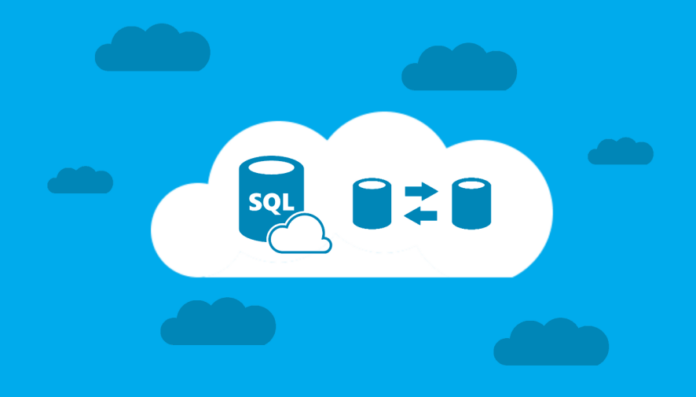In the ever-evolving landscape of cloud computing, Microsoft Azure stands out as a robust platform offering a plethora of services. For organizations leveraging Microsoft Dynamics and seeking efficient Remote Desktop Services (RDS) solutions, scalability becomes a critical factor. This article explores Azure’s scalability options for remote desktop services, focusing on auto-scaling, load balancing and their implications for Microsoft Dynamics implementation partners.
Microsoft Azure Remote Desktop Services Overview
Microsoft Azure Remote Desktop Services provide a centralized and secure way to deliver applications and desktops to end-users. It is especially relevant for Microsoft Dynamics implementation partners, who often require seamless access to applications like Dynamics 365.
Auto-scaling in Azure for Remote Desktop Services:
Auto-scaling is pivotal for managing fluctuating workloads efficiently. Azure offers two primary auto-scaling solutions: Azure Virtual Machine Scale Sets (VMSS) and Azure Virtual Machine Availability Sets.
Azure Virtual Machine Scale Sets (VMSS):
VMSS enables the automatic scaling of virtual machines based on predefined rules. This is particularly useful for managing the number of session hosts in an RDS deployment. As demand increases, VMSS can dynamically add new session hosts, ensuring optimal performance and responsiveness for end-users.
Azure Virtual Machine Availability Sets
Availability sets ensure the high availability of VMs by distributing them across multiple fault domains. While not designed specifically for auto-scaling, they play a crucial role in maintaining consistent performance during planned and unplanned outages. Combining availability sets with custom scripts or Azure automation can achieve rudimentary auto-scaling capabilities.
Load Balancing in Azure for Remote Desktop Services
Load balancing is essential for distributing incoming network traffic across multiple servers to ensure no single server becomes a bottleneck. Azure provides various load balancing solutions, with Azure Load Balancer and Azure Application Gateway being the primary options.
Azure Load Balancer:
Azure Load Balancer operates at the transport layer (Layer 4) and is ideal for distributing traffic to multiple session hosts. It ensures even distribution of connections, prevents overloading of specific hosts and enhances overall performance. This is crucial for Dynamics applications that demand consistent availability and responsiveness.
Azure Application Gateway:
Azure Application Gateway functions at the application layer (Layer 7) and offers additional features such as SSL termination and HTTP load balancing. While it might be overkill for simple RDS deployments, Application Gateway becomes valuable when Dynamics implementations involve multiple web applications or services with unique requirements.
Integration with Microsoft Dynamics Implementation Partners:
Dynamics implementation partners often deal with complex and resource-intensive workloads. The scalability options provided by Azure for RDS align seamlessly with the demands of Dynamics applications.
Resource Scaling for Dynamics Applications
Dynamics applications often require varying levels of computational resources. Auto-scaling in Azure allows seamless adjustment of resources based on demand, ensuring optimal performance for users accessing Dynamics 365 through Remote Desktop Services.
High Availability for Critical Dynamics Services
Load balancing, especially with Azure Load Balancer, ensures the high availability of critical Dynamics services. Distributing traffic across multiple session hosts helps maintain a consistent user experience, which is crucial for Dynamics users relying on real-time data and interactions.
Best Practices for Microsoft Dynamics Implementation Partners
1. Proactive Monitoring and Alerting
Implementing robust monitoring and alerting mechanisms is crucial. Azure offers services like Azure Monitor and Azure Security Center to track performance, detect anomalies, and provide insights into potential issues.
2. Custom Scripting and Automation
Leveraging Azure Automation or custom scripting helps in achieving more advanced auto-scaling scenarios. Dynamics partners can tailor the auto-scaling logic to their specific needs and workloads.
3. Optimizing Load Balancing Rules
Fine-tuning load balancing rules based on Dynamics application requirements ensures that traffic is distributed optimally. This involves understanding the Dynamics components and services that should be load-balanced and configuring the load balancer accordingly.
Dynamic Scaling with Azure Virtual Machine Scale Sets (VMSS)
Azure VMSS provides a dynamic scaling solution tailored for the evolving demands of Remote desktop services. By configuring scaling rules based on metrics like CPU usage or network traffic, VMSS can automatically adjust the number of session hosts. Dynamics implementation partners can benefit from this dynamic scaling to accommodate varying workloads throughout the day.
Integration with Azure Monitor
VMSS seamlessly integrates with Azure Monitor, enabling real-time tracking of performance metrics. Dynamics partners can set up alerts based on specific thresholds, ensuring proactive responses to potential scaling needs. This integration empowers organizations to maintain optimal performance for Dynamics applications accessed through RDS.
Custom Script Extension for Advanced Scaling Logic
For more advanced scenarios, Azure VMSS allows the incorporation of custom scripts using the Custom Script Extension. Dynamics implementation partners can leverage this flexibility to implement intricate scaling logic that aligns precisely with the unique requirements of their Dynamics applications.
Conclusion
Microsoft Azure provides a robust ecosystem for scaling Remote Desktop Services, addressing the specific needs of Microsoft Dynamics implementation partners. Auto-scaling and load balancing options play a pivotal role in ensuring optimal performance, high availability, and a seamless user experience for Dynamics applications. By embracing these scalability features, organizations can unlock the full potential of their Dynamics implementations in the cloud.
In conclusion, the synergy between Azure’s scalability options and the requirements of Microsoft Dynamics applications positions Azure as an ideal platform for Dynamics implementation partners seeking a flexible and efficient cloud solution.




